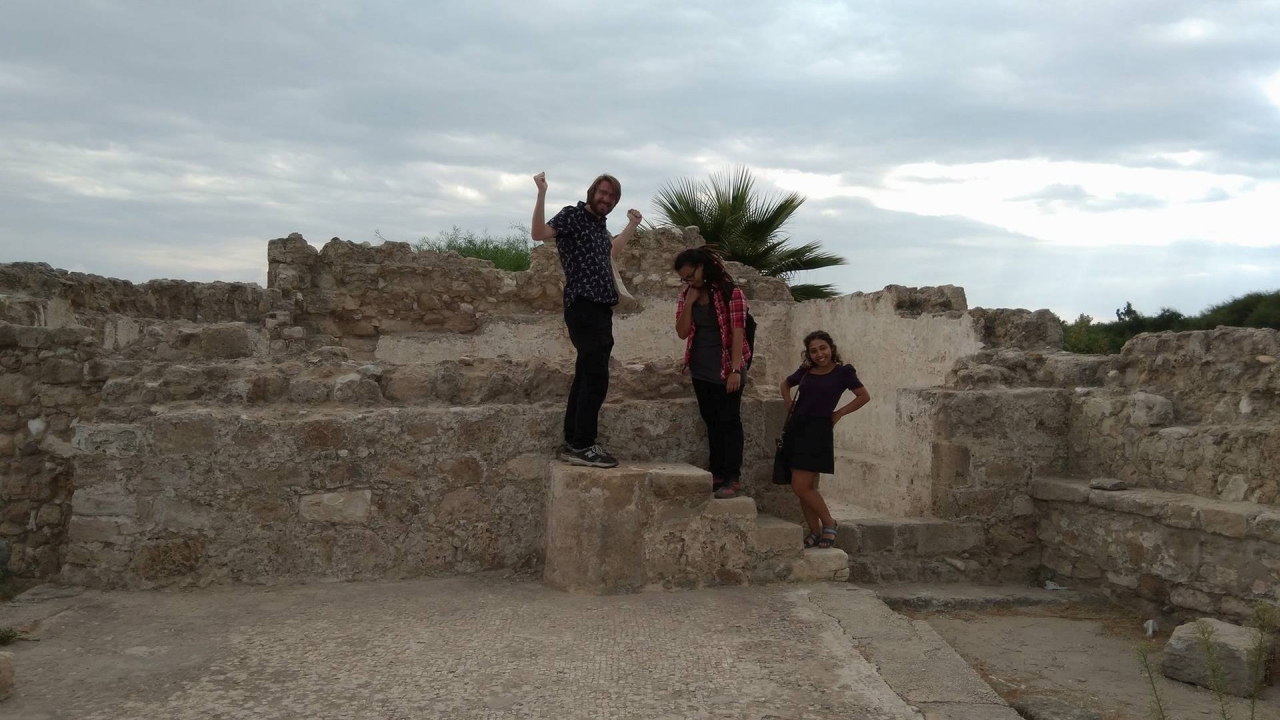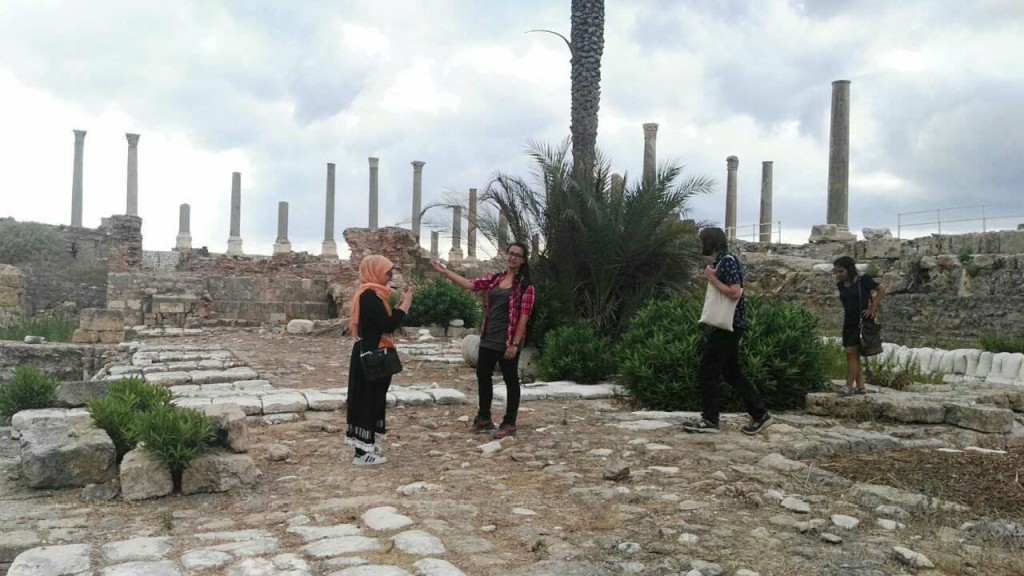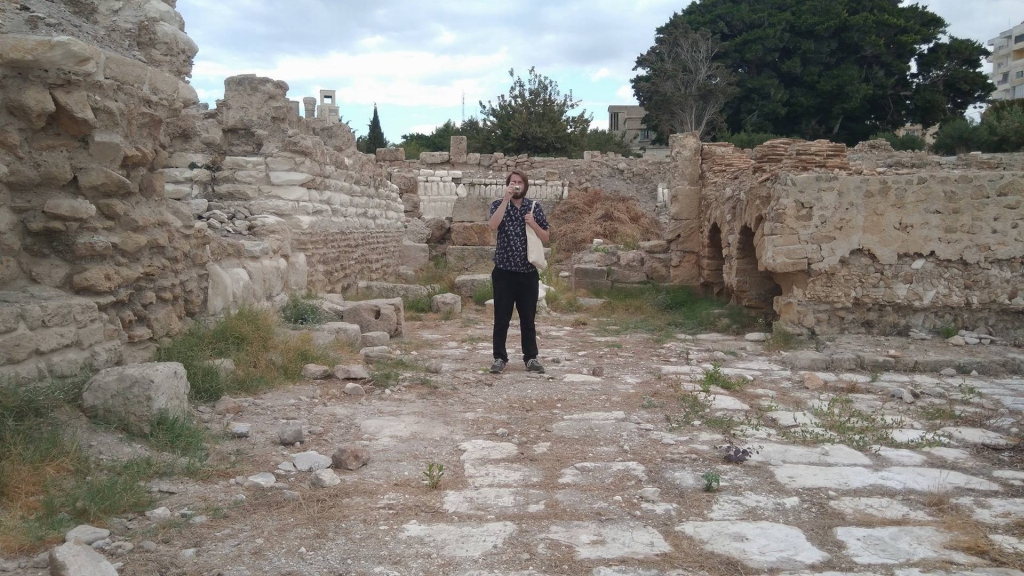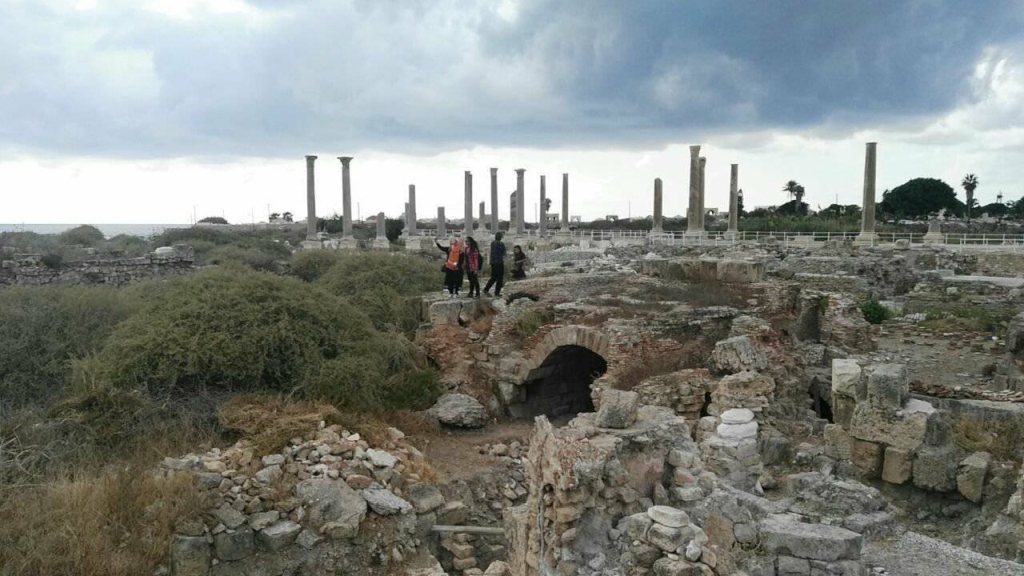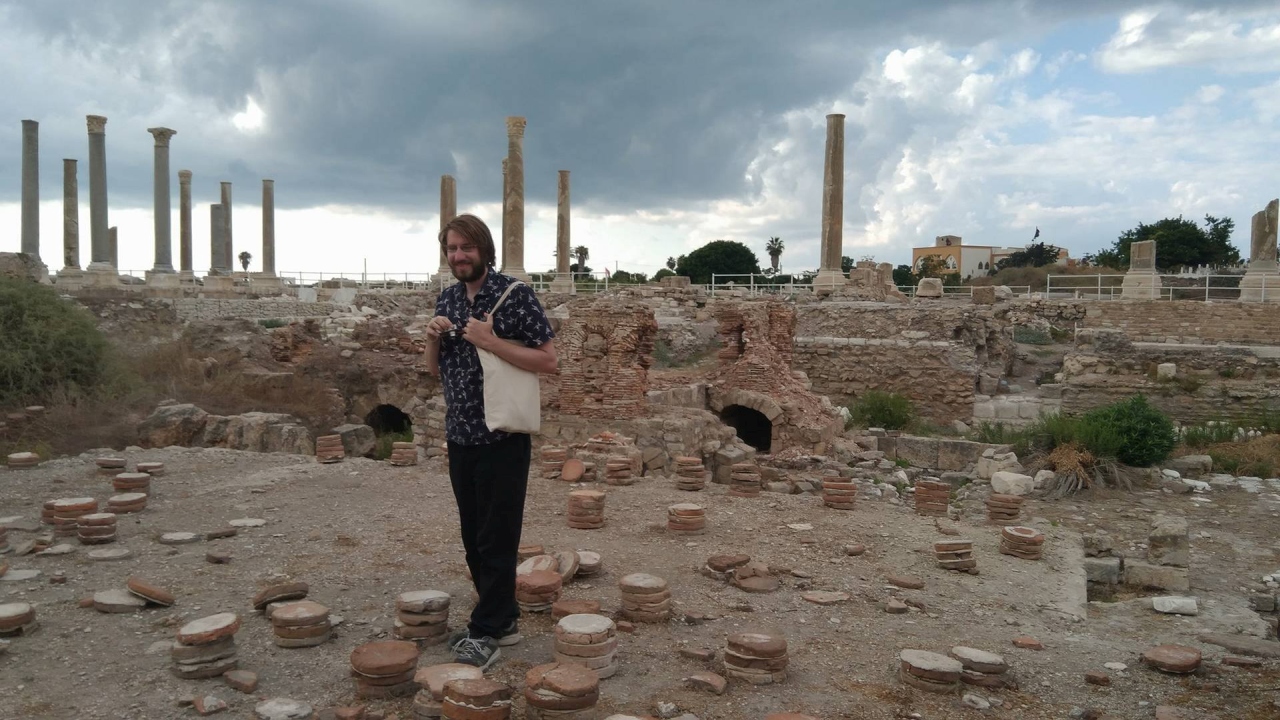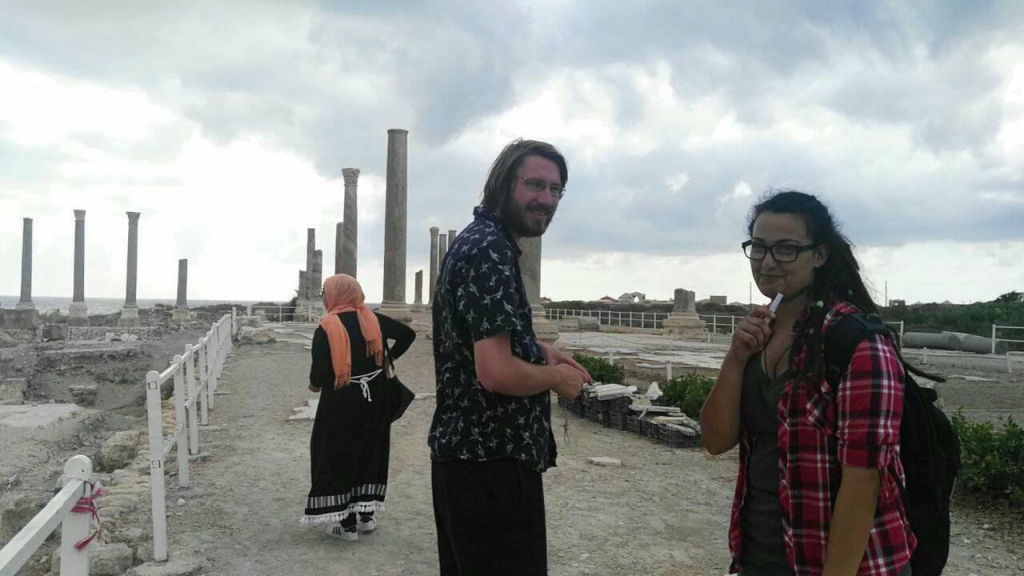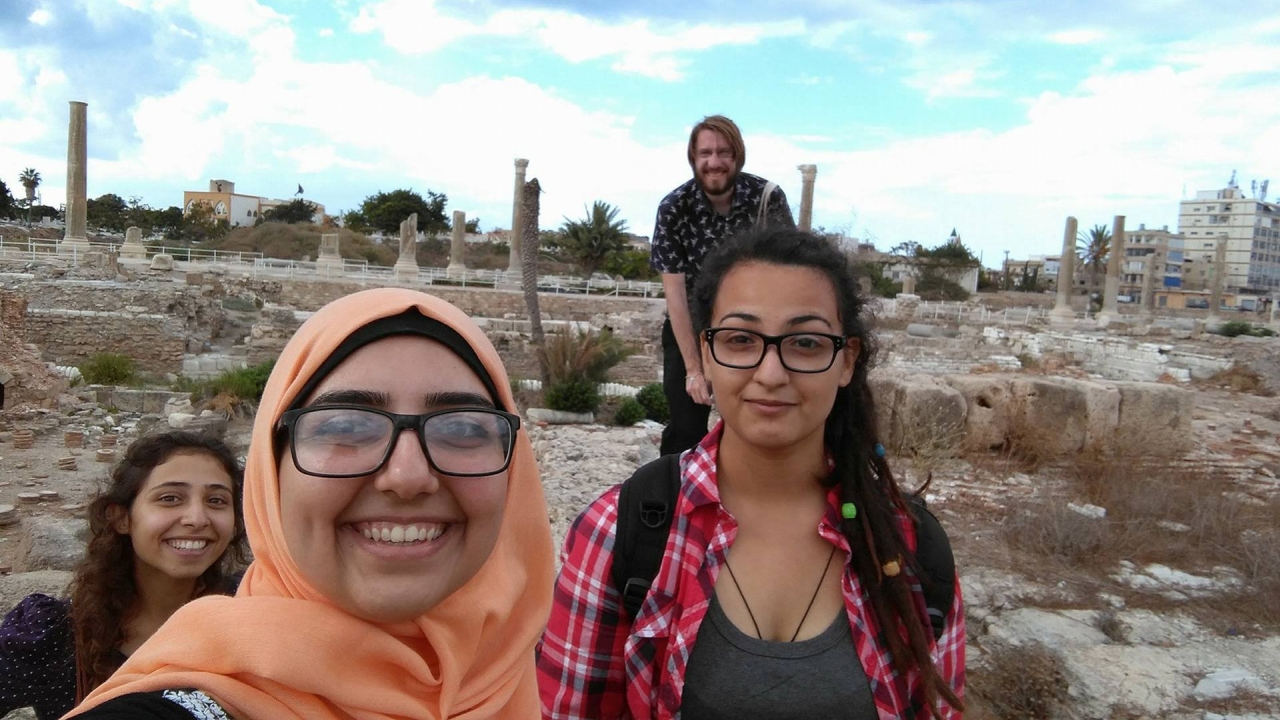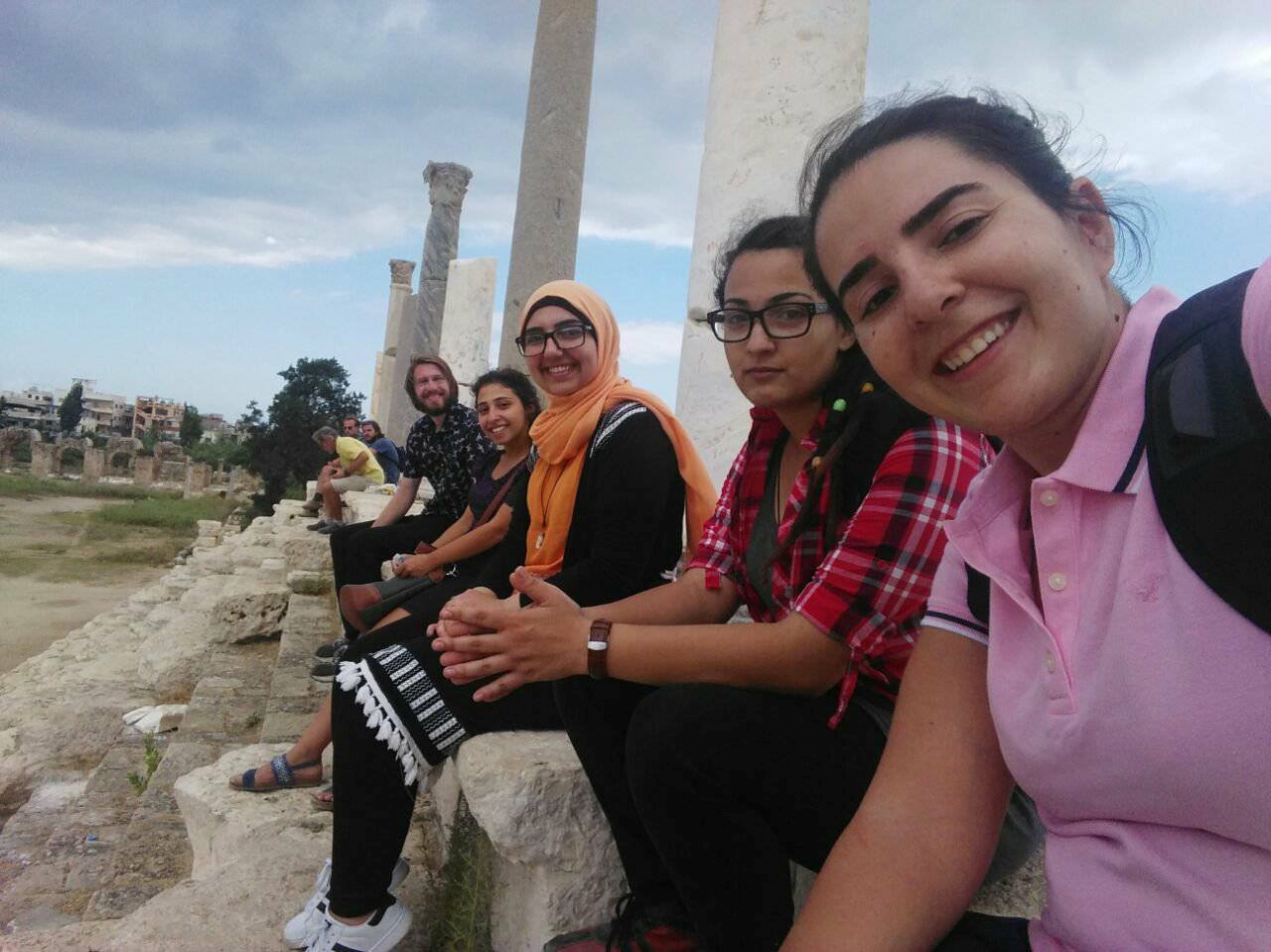A Side Trip to Lebanon
✍️ • 🕑 October 2017 • Tags: true kindness • good eats • felaket • Beirut • Lebanon • Roman ruins • Places: Beirut • Byblos • Saida • Sour • Jezzine

I visited Lebanon for a mere four days in October 2016, and I had a fantastic time that I can’t help but want to reminisce about…
Table of Contents
Where-Was-Steve?
It was 2017.
After spending a year teaching English in Turkey, I wound up getting a job back stateside. That meant I didn’t have vacation days unless I accrued them, so other than a couple of short jaunts, I stayed at home.
It was the fall of 2017.
Two of my best friends were getting married in Turkey. My newly accrued vacation days were about to be used. Since I was flying over oceans and continents to familiar territory, I wanted to make sure I visited somewhere less familiar as well.
I had heard so many lovely things about Lebanon over the years that it seemed like the perfect option. After all, it was only a hop over the Mediterranean away…
I was armed with a set of recommendations that a friend wrote… for someone else.
I’m not particularly knowledgeable about Lebanon. I wasn’t before I visited, and I still am not. I’ve been meaning to rectify this ignorance, but I haven’t yet. So, I will do my best to avoid presenting myself as anyone that knew what they were doing, or who knows what they’re talking about in this post.
Being familiar with historical, cultural, and political dynamics is great, but what bearing can they possibly have on vibrant blue water, the best schwarma you’ve ever eaten, and a sinking feeling in the pit of your stomach?
I kid, I kid.
Beirut
I don’t think I ever acclimatized to the big, unruly city of Beirut.
I wandered along traffic-clogged streets, feeling like the narrow sidewalks weren’t so much an afterthought, as never even thought of at all. Of course, this depended on where I meandered, but I probably did embark on a few walks that should have been taxi rides.
On the subject of taxi’s, they operate in a few different ways. Flag down a cab, and if you say or agree to the magic word “taxi,” then it’s a direct route at full price. If you request and recieve “servis,” then you can sharing a taxi with other people going in the same direction for a lower price. A double servis is a costlier, lengthier version of this.
I can tell you, that I most certainly tried to get a “servis” when only a “taxi” would have been suitable, to predictable results.
That said, Beirut does have plenty of gorgeous open spaces, and walkable neighborhoods. It isn’t all the doom and gloom that I just layed out.
And I can personally tell you, after making several incredibly stupid decisions regarding redeye flights and transit, I was thrilled to spend my first morning in the city checking out these views: an amalgam of religious buildings and architectural styles, from Roman baths to modern government buildings in the area around Martyrs’ Square.
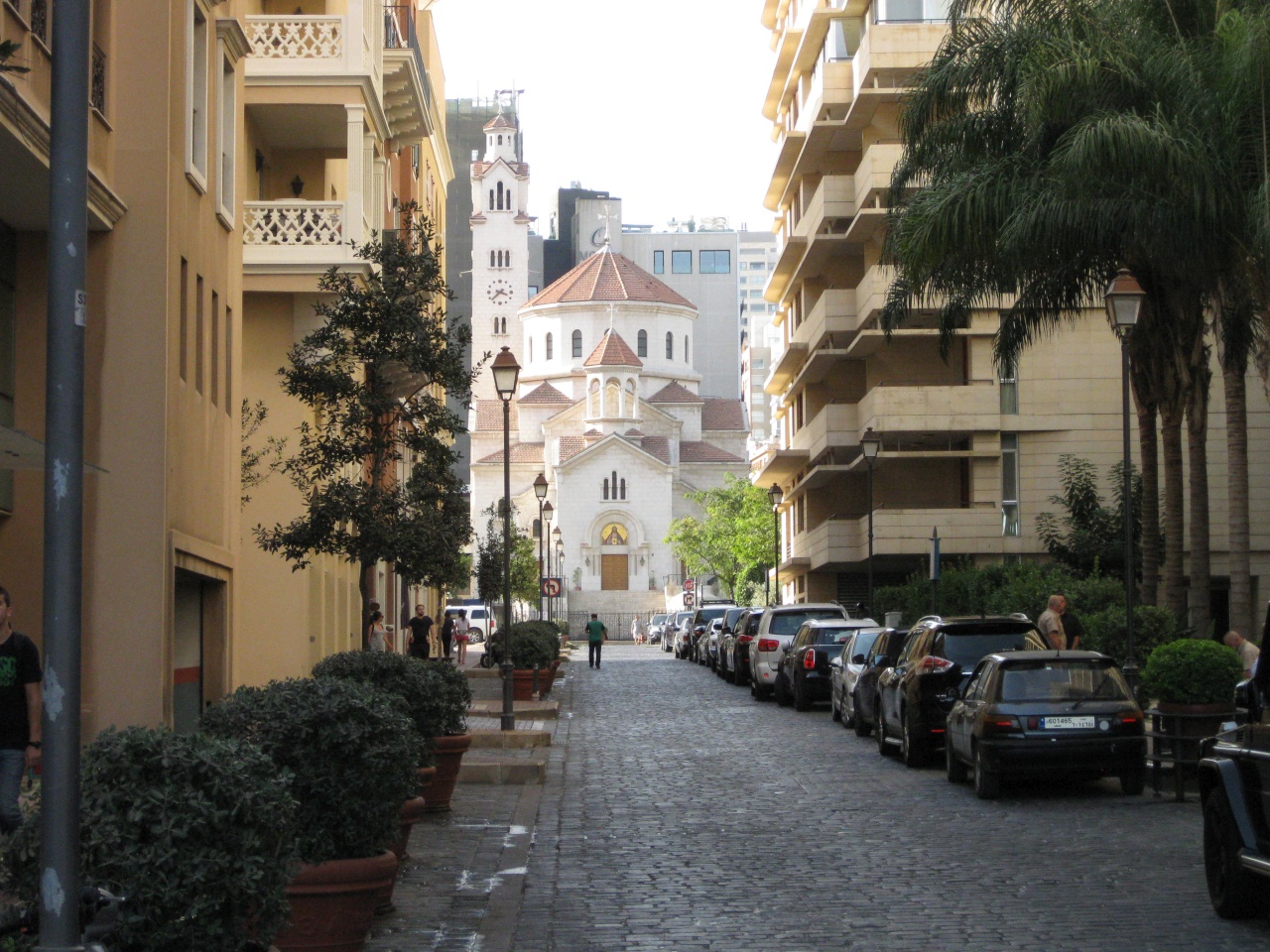






This last photo is of the walkway to my hostel, Saifi Urban Gardens.
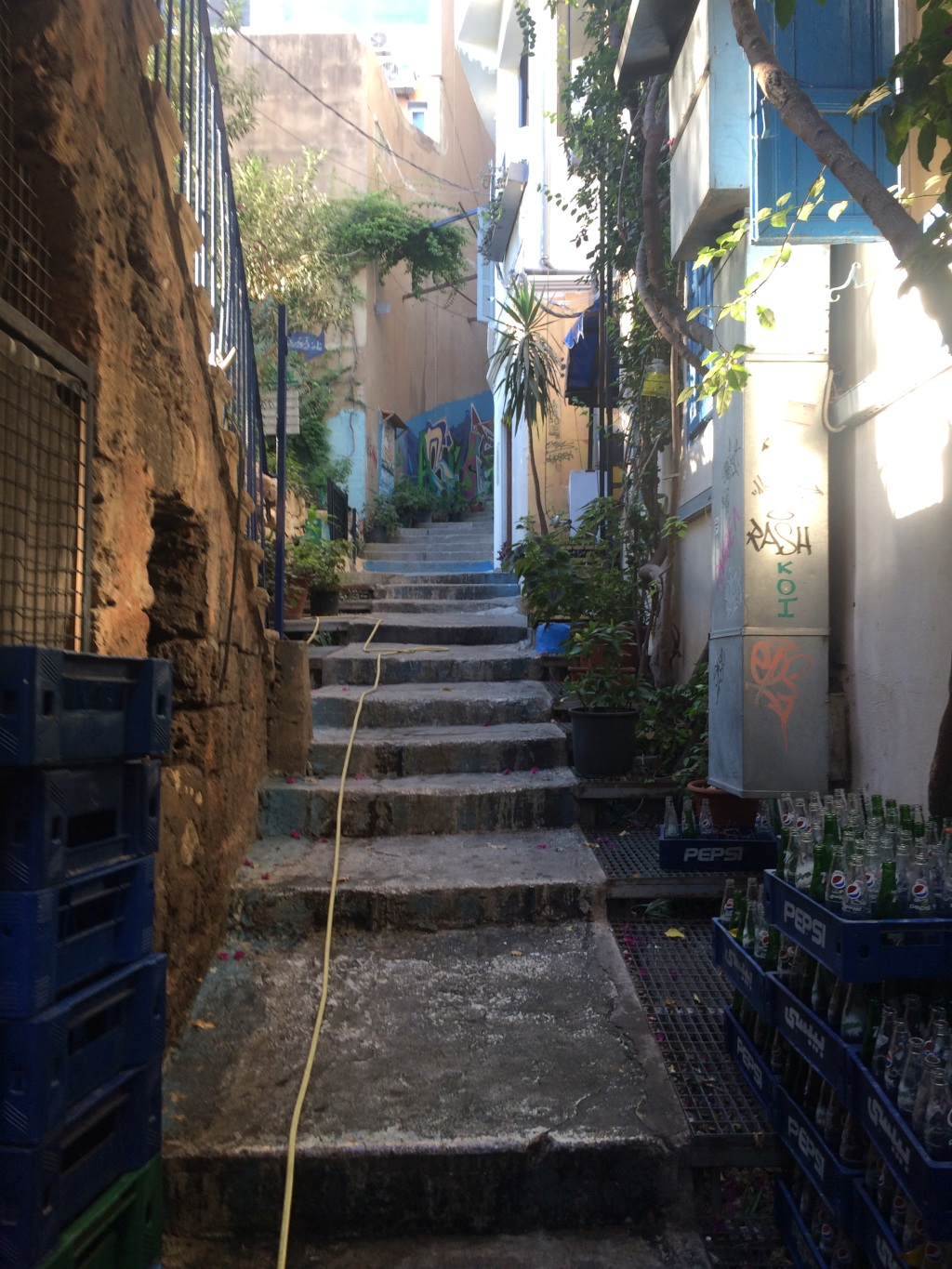
They offered Arabic classes, hosted events, and had a cafe in the basement and a rooftop bar.
It was there on the rooftop bar, that I sipped a gin and tonic as a Belgian guest related to me the some anecdotes about Belgian Minister Michel Daerden, which have been living rent free in my skull ever since.
It is probably also as a result of this rooftop bar that I have a permanent love for the Lebanese Pilsner Al-Maza, which is just a lovely refreshing flavorless thing, which lives up there with Club in my upper echelon of excellent warm weather brewskis.
(I did not otherwise indulge in Beirut’s famous (and in many cases famously expensive) nightlife.)
Byblos / Jubayl
I wanted to see more of the country than just Beirut, especially becuase I felt like I wasn’t quite enjoying the capital as much as most people. So, I caught a minibus to Byblos, one of the oldest continuously inhabited cities in the world.
The common English name Byblos comes from a Greek mispronunciation of the city’s ancient Phonecian name. Once upon a time, it was a major site of papyrus trade. Today, its name lives on in English in words like ‘Bible’ and ‘bibliography.’ How could I not want to pay it a visit?
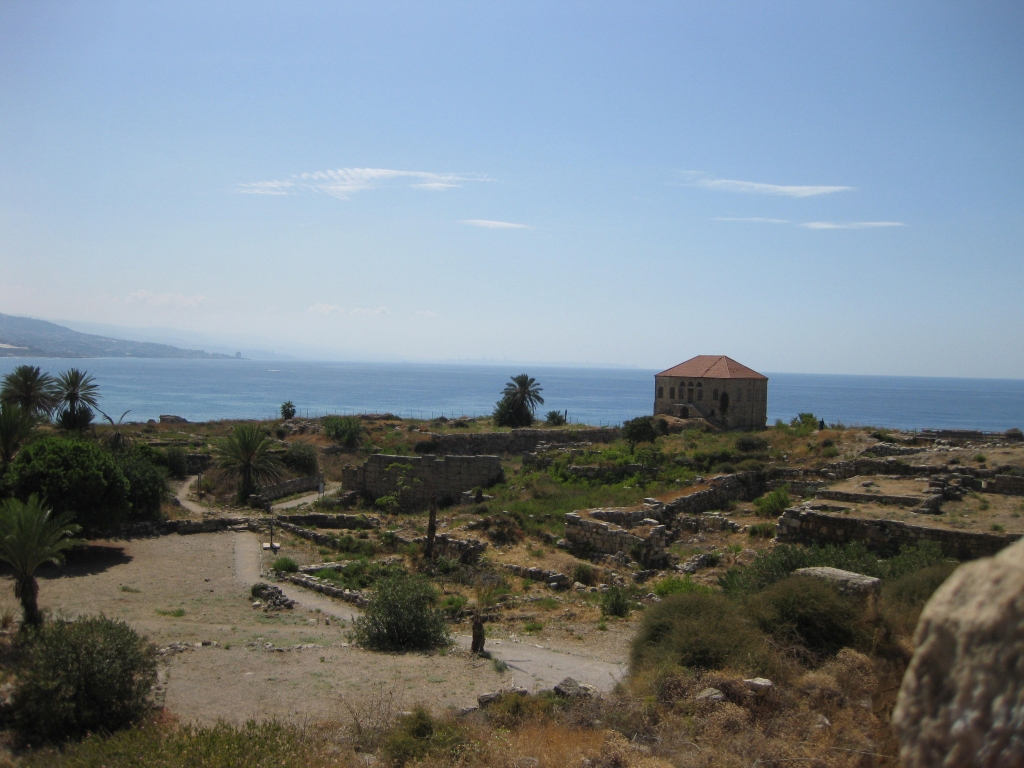
Today, Byblos home to an ancient crusader castle, which I paid a visit, as well as a gorgeous old town and a number of other historic buildings.
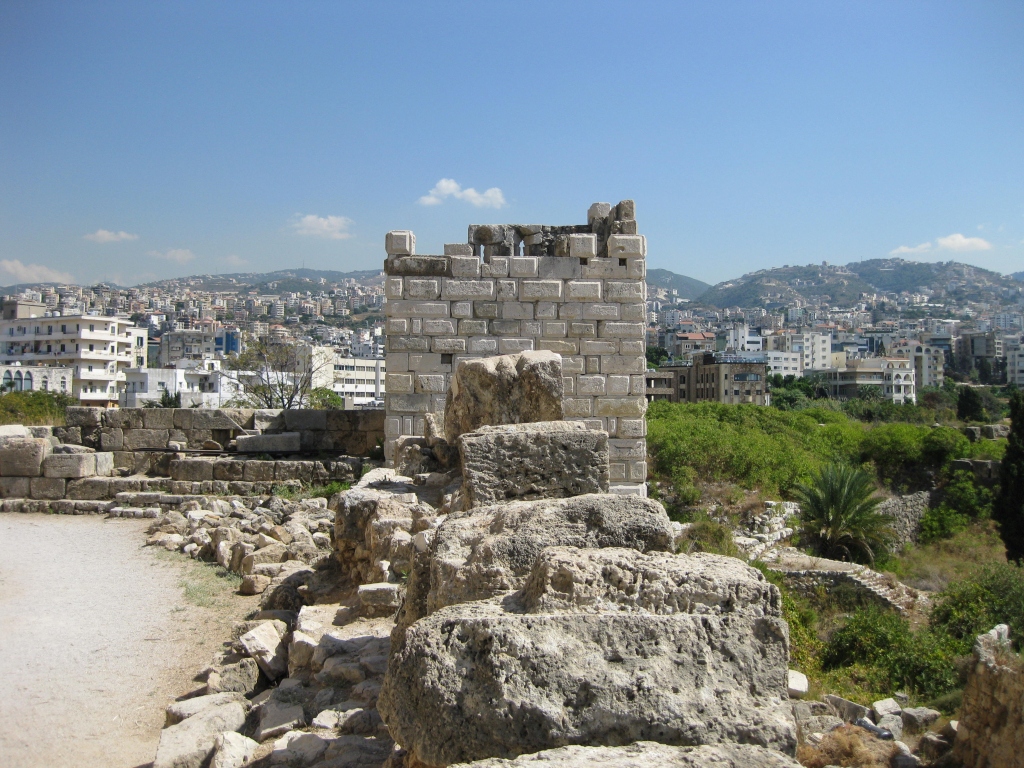
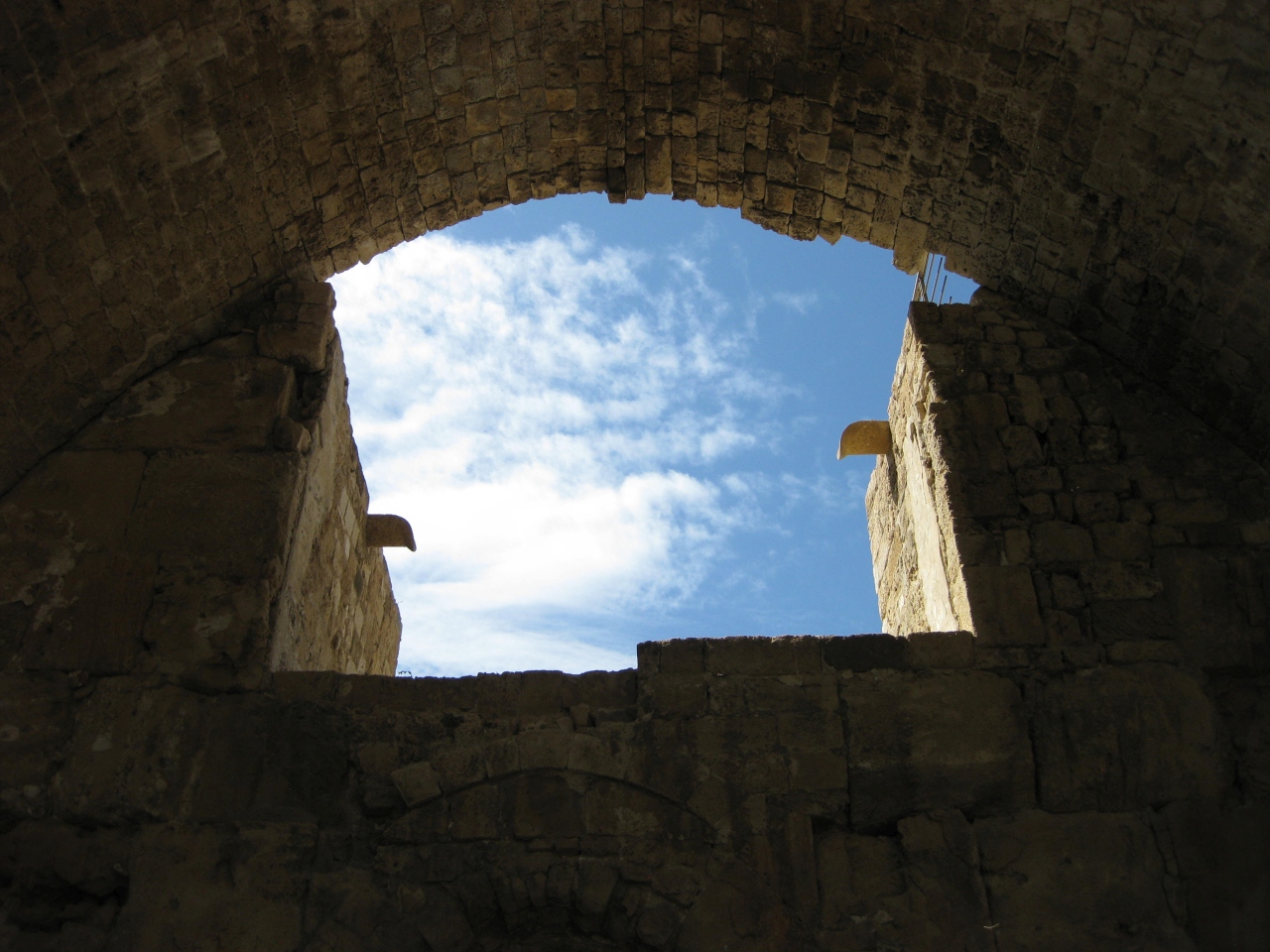
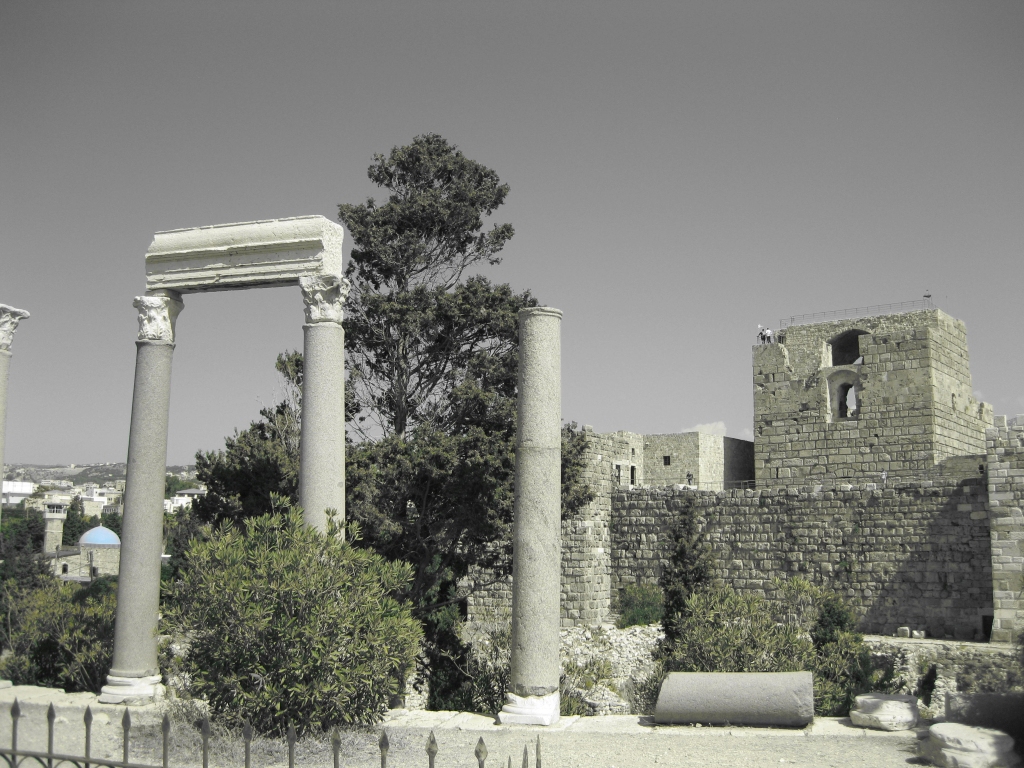
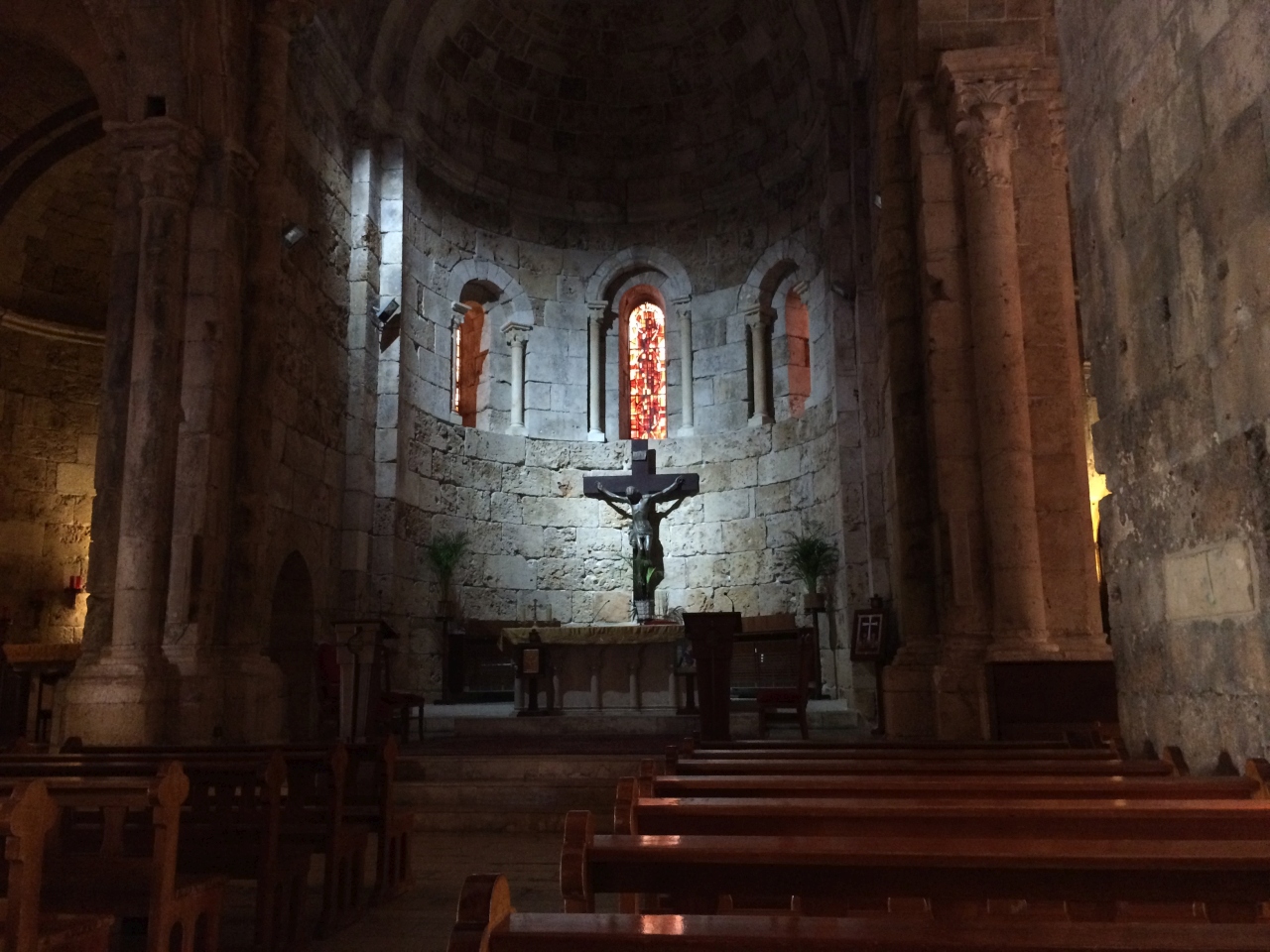
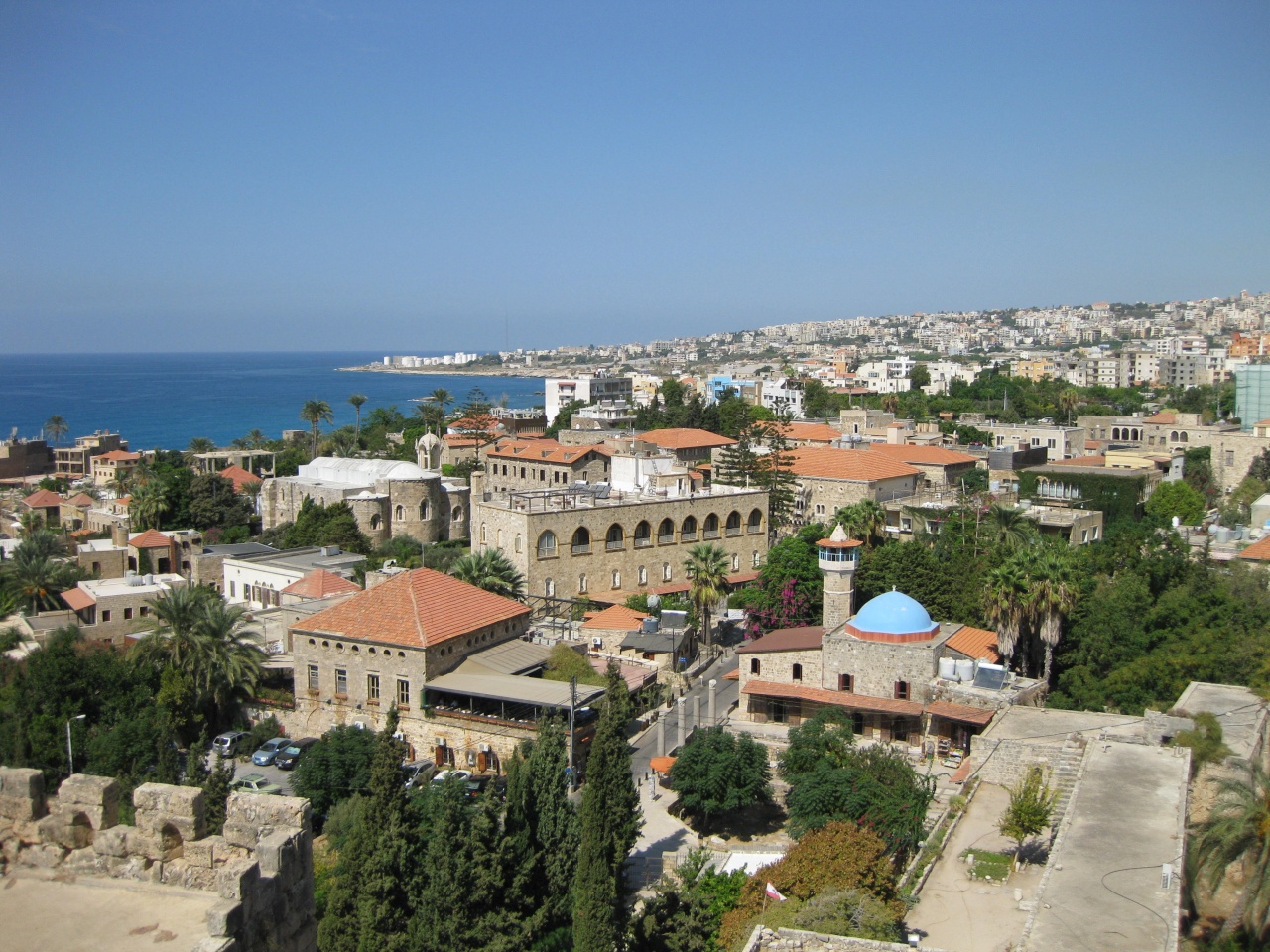
After visiting the sights, I slipped onto a nearby beach, and subsequently, immersed myself in the warm Mediterranean, which was as pleasant, blue, warm and inviting as it could be.
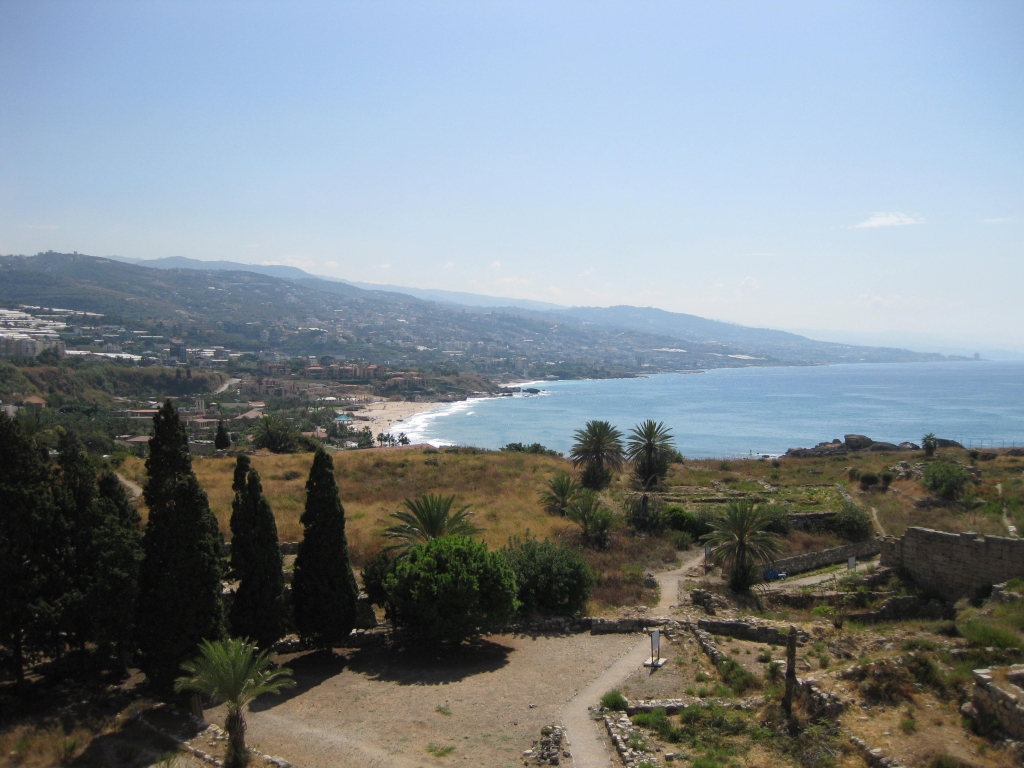
The Book of Job
In the modern center of Byblos, I went to grab a late lunch before heading back to Beirut.
There, a white American guy struck up a conversation and also paid for my sandwich.
His tale was one of woe. He had come to Lebanon, I guess, as a missionary, but had gotten involved with a woman that he had tried to pursue for marriage, but whom he also might not have actually loved. He found himself questioning his faith and wondering why God would do such things to him. He felt as though he had lost everything.
The details are fuzzy now, but at the time, they were seemingly ceaseless. He and I had taken the same minibus back towards Beirut – and though he got off much earlier than I, our conversation continued for quite a while.
I did my best to provide some bit of comfort.
I found it quite ironic that I was the one citing a Bible story to this misbegotten missionary, likening his tribulations to the book of Job, a story of a righteous man who loses everything but his faith.
(Of course, rather than actually studying the Bible recently, I had heard the tale cited in the runup to a Russian film screening in Pittsburgh, but y’know, it was fresh in my mind then.)
How much is a sandwich worth?
An hour or two of free therapy?
Byblically Broke
A sandwich is, in fact, worth quite a lot.
I had been running low on paper cash, and I shortly realized that I did not have sufficient funds on the only debit card I brought with me. Virtually anything I needed to pay money for needed to be paid in cash.
I couldn’t even access some of my banking websites because… they geoblocked the entire country of Lebanon. (I know this because I called them – yep, nothing to be done.)
I got back to my hostel, and I was very, very grateful for that sandwich indeed, because I realized I had only the funds for a few more before I was flat out.
I considered trying to do a cash advance off of one of my credit cards, but all of them required a PIN to have previously been set and mailed to my home in the United States. No bank would do it.
I tried updating my banking apps, except I needed the latest iOS, which meant that my phone spent the night desperately trying to hold onto sketchy wifi signal in order to become less usable the following morning. The updated apps? As useless as before.
And, even if I could have made a bank transfer, it still would have taken days to become withdrawable.
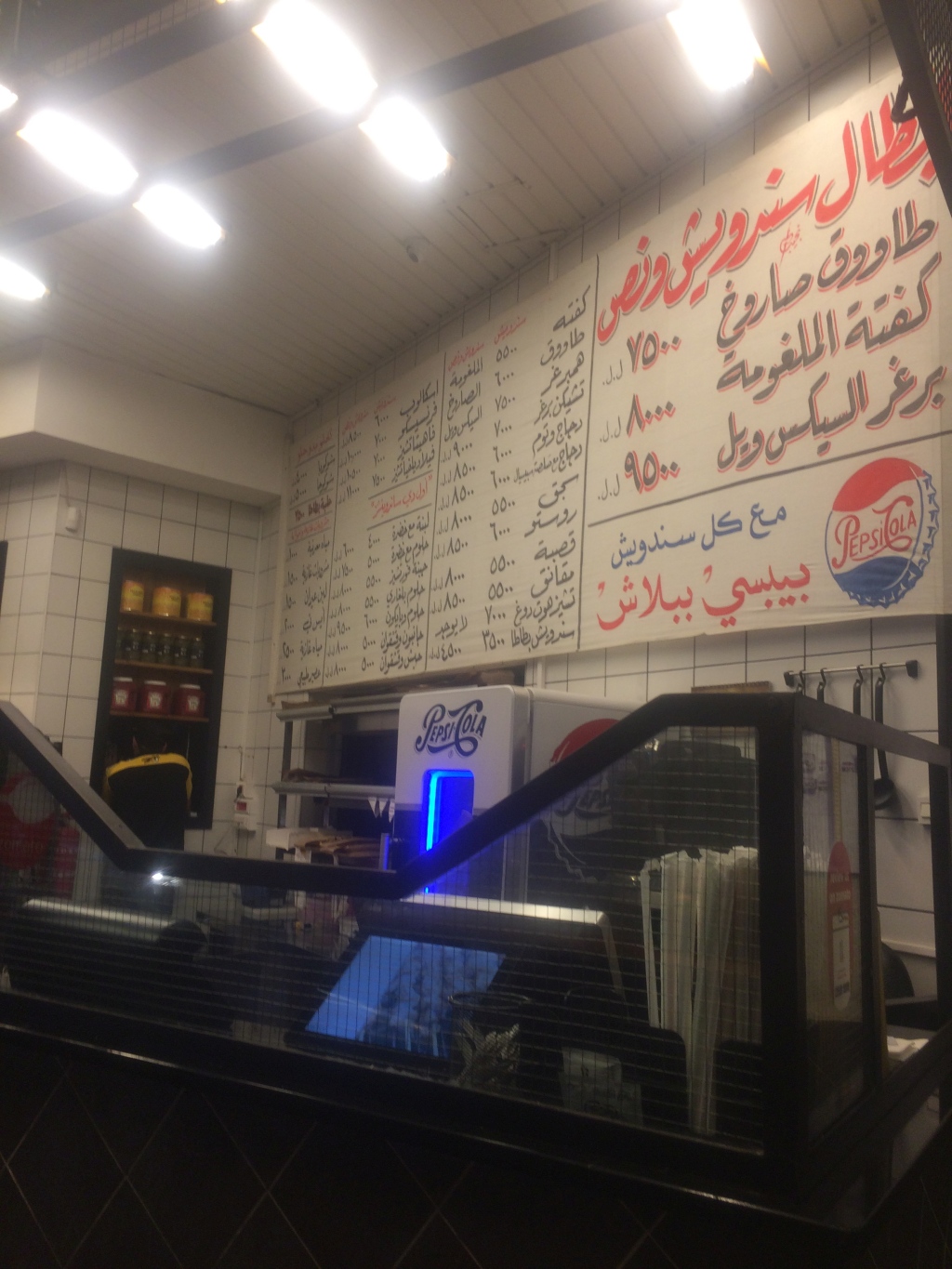
Finally, I hit on a solution.
I opened a second paypal account and linked it to my lousy debit card. I then sent myself a payment from my original account, which was linked to my bank account that contained my money.
I paid some extra fees for immediate access to the funds, and boom, I could withdraw money again.
The Sursock Museum
Not having money can be a blocker to quite a lot of things, but it is not a blocker to visiting the Sursock Museum, a beautiful contemporary art museum that was only a short walk from where I was staying.

The main artist on exhibit was Amine El Bacha. I loved his work.


You can get a far better overview of it here if you’re interested.
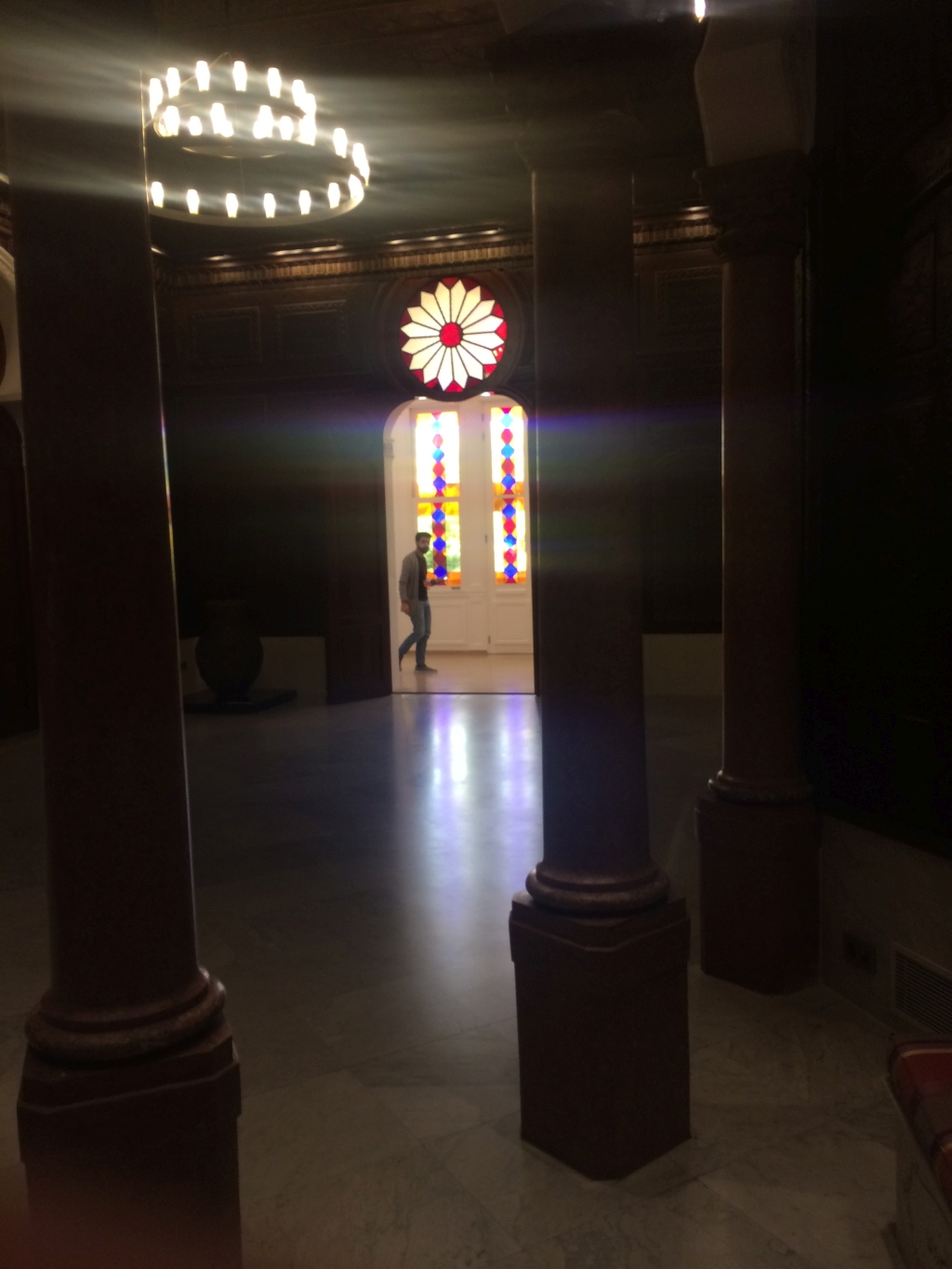
It was small, but one of my favorite spots that I visited.
I also enjoyed visiting the National Museum, which had a large collection of archeological works.

Sidon / Saida
Funds secured, I caught an early-ish morning minibus to Saida, the third-largest city in Lebanon, located 25 miles south of Beirut.
It’s home to a sea castle, built by crusaders in the 13th century to “secure the Holy Lands,” and it’s a spot that I was more than happy to visit.



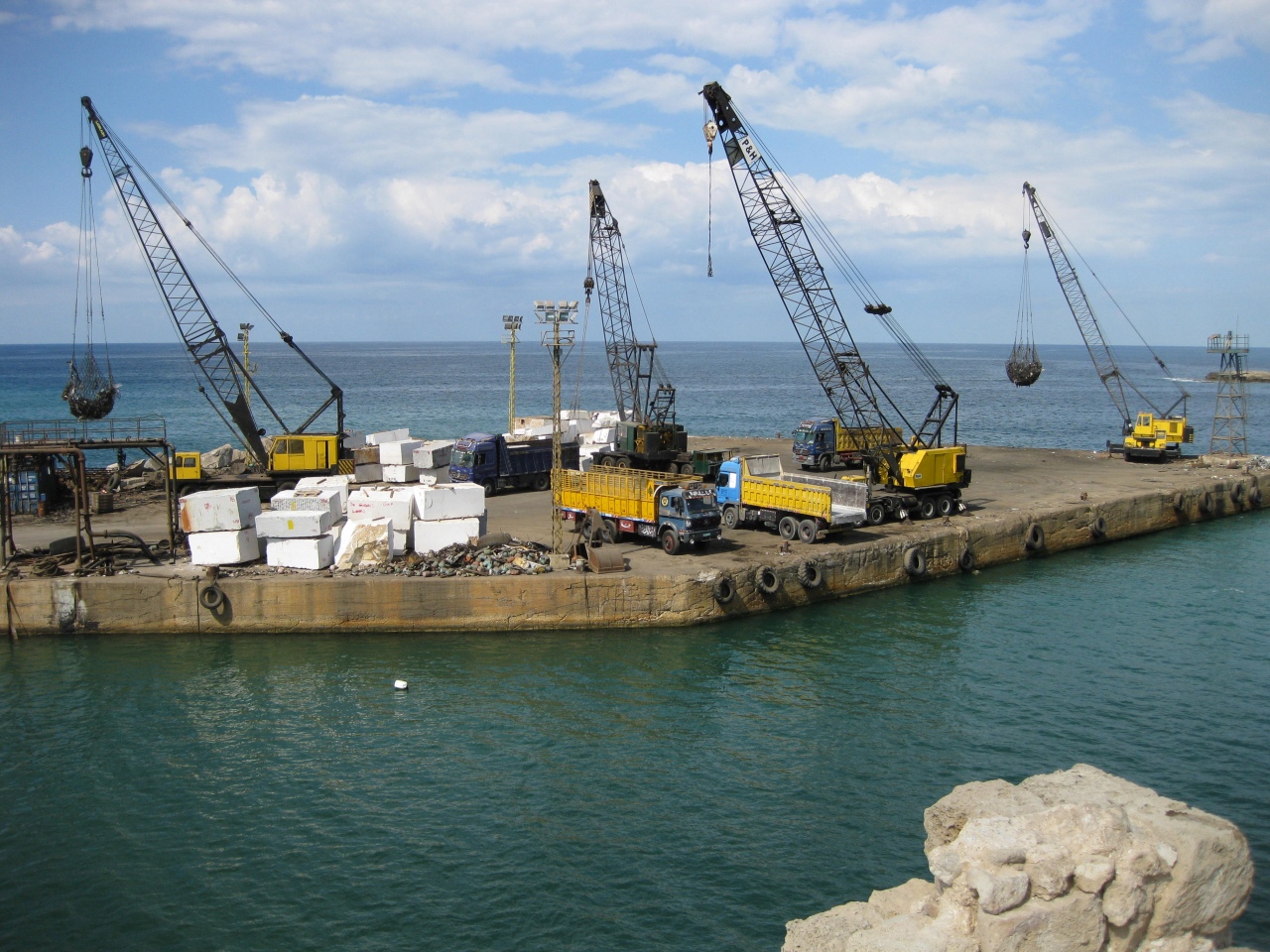
From there, I checked out the souk, and decided to continue on further south…
Tyre / Sour
Tyr is home to a whole host of ancient structures including one of the best-preserved Roman Hippodromes in the world. The archeological site there is big, really big, and fortunately I didn’t have to explore it by myself.
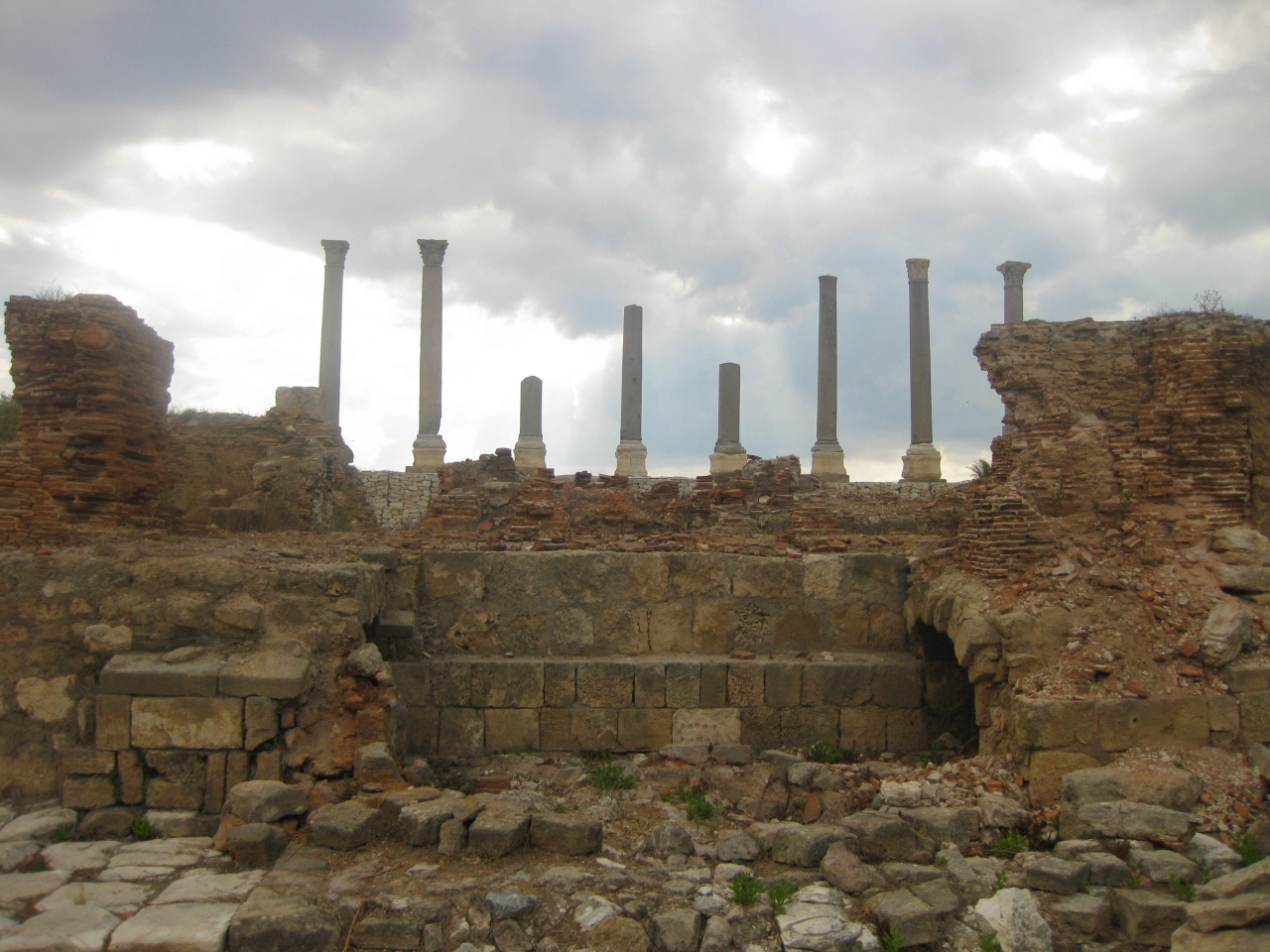

I met a group of students, who were similar to myself in age. A friend and ex-girlfriend was visiting from a neighboring country, which is why they had decided to go hit up some tourist sights. They offered me a ride and I accepted.
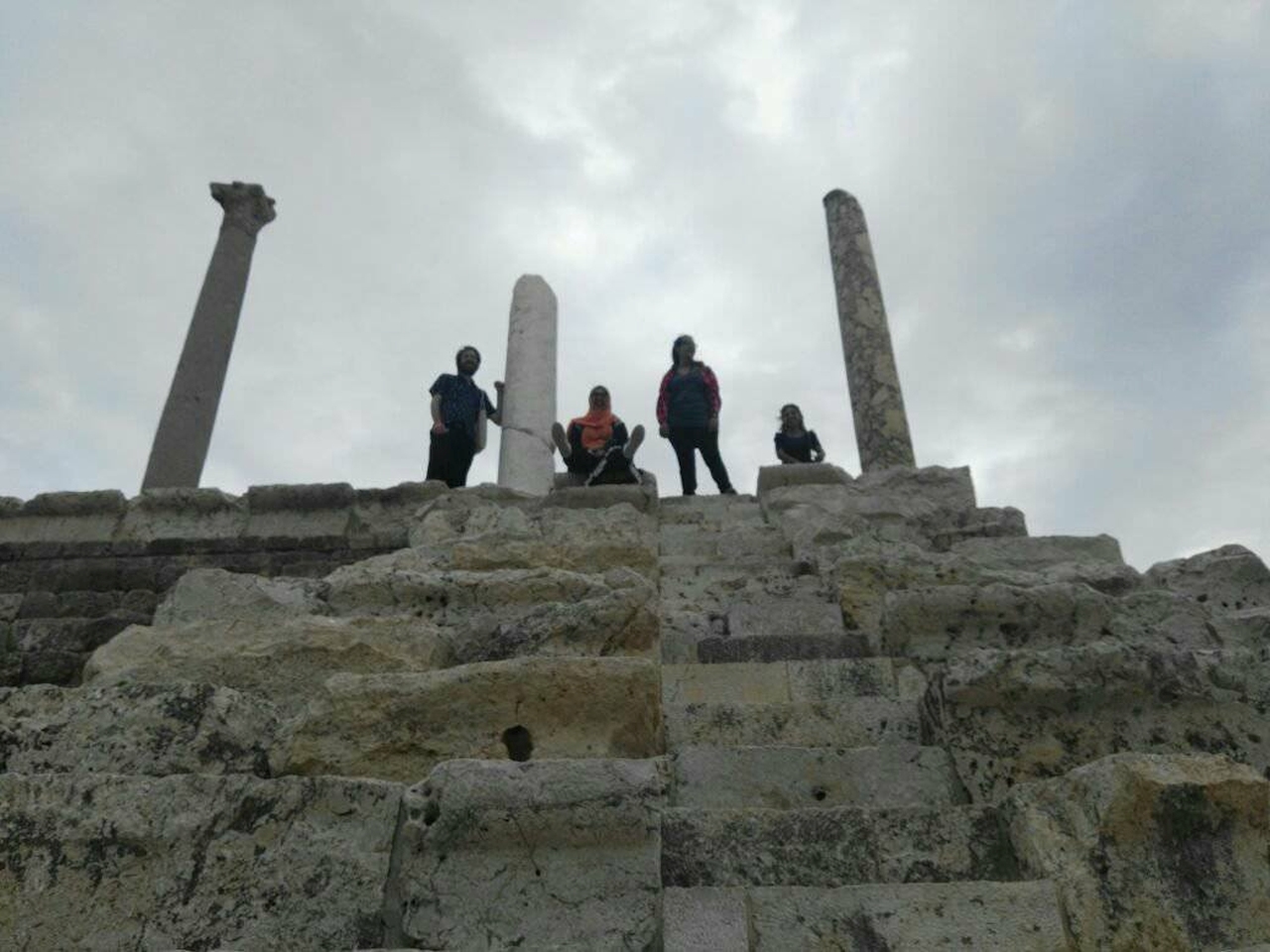
Honestly, the sights were really impressive and cool, but even more impressive was the fact that they had somehow gotten me the cheaper Lebanese Citizen admission… Not sure how I could possibly have passed for that.


Booza!!
From Sour, we piled into a sedan and went to get ice cream.
See, I was super excited to try Booza, Lebanese ice cream. It’s quite similar to Turkish ice cream. They’re both stretchier and made with mastic and orchid root.
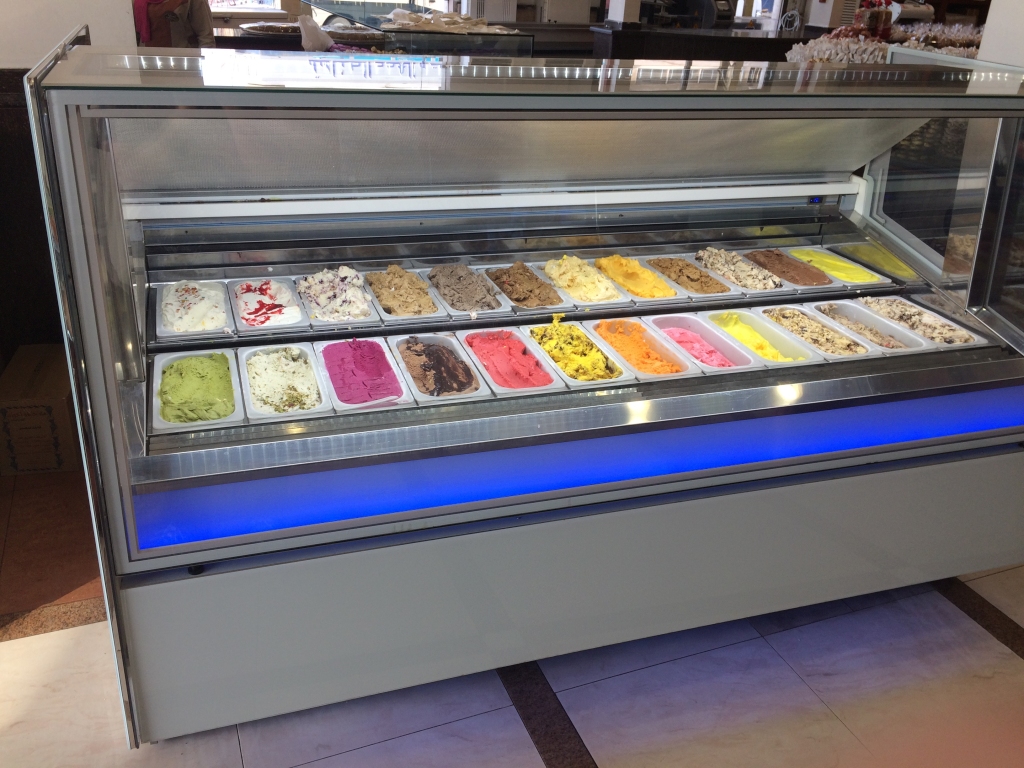
To the surprise of all present, a certain obelisk worshipper decided to take a brief lapse from her vegan diet and join the booza frenzy.
Let’s just say that for some, the allure of ice cream is stronger than that of ancient tall, pointy objects.
From there, we made one small stop on our way back to Sidon.
As I had only visited costal cities, we stopped at the resort town of Jezzine, home to gorgeous views, a waterfall, and a gigantic Mary statue.
Its elevation of 3,117 ft compared to, say, the 16 ft elevation of Saida was enough to account for quite vast temperature differences, and the fact that the sun was already setting meant that we didn’t really get to spend much time there.

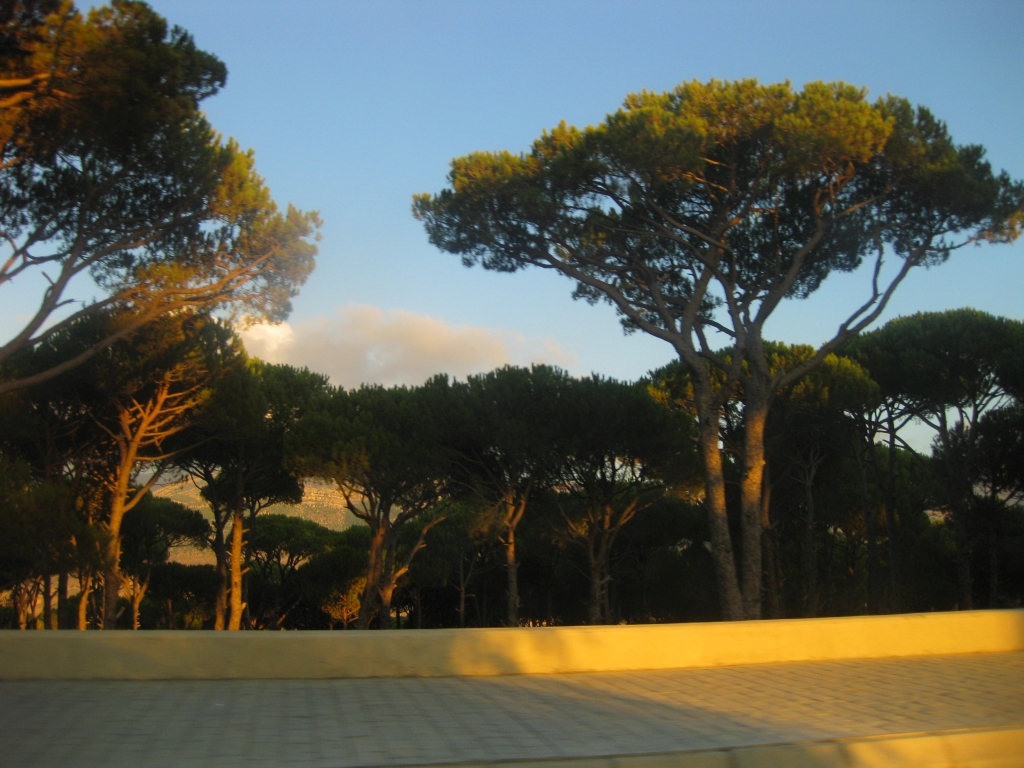


From there, we stopped for some food, and I did my best to try to repay my hosts.
They in turn, tried to do their best to get me on a more comfortable bus back to Beirut, but alas, the more comfortable busses turned out not to be running.
I hopped on a minibus, and soon my time in Lebanon would be nothing more than a happy memory.
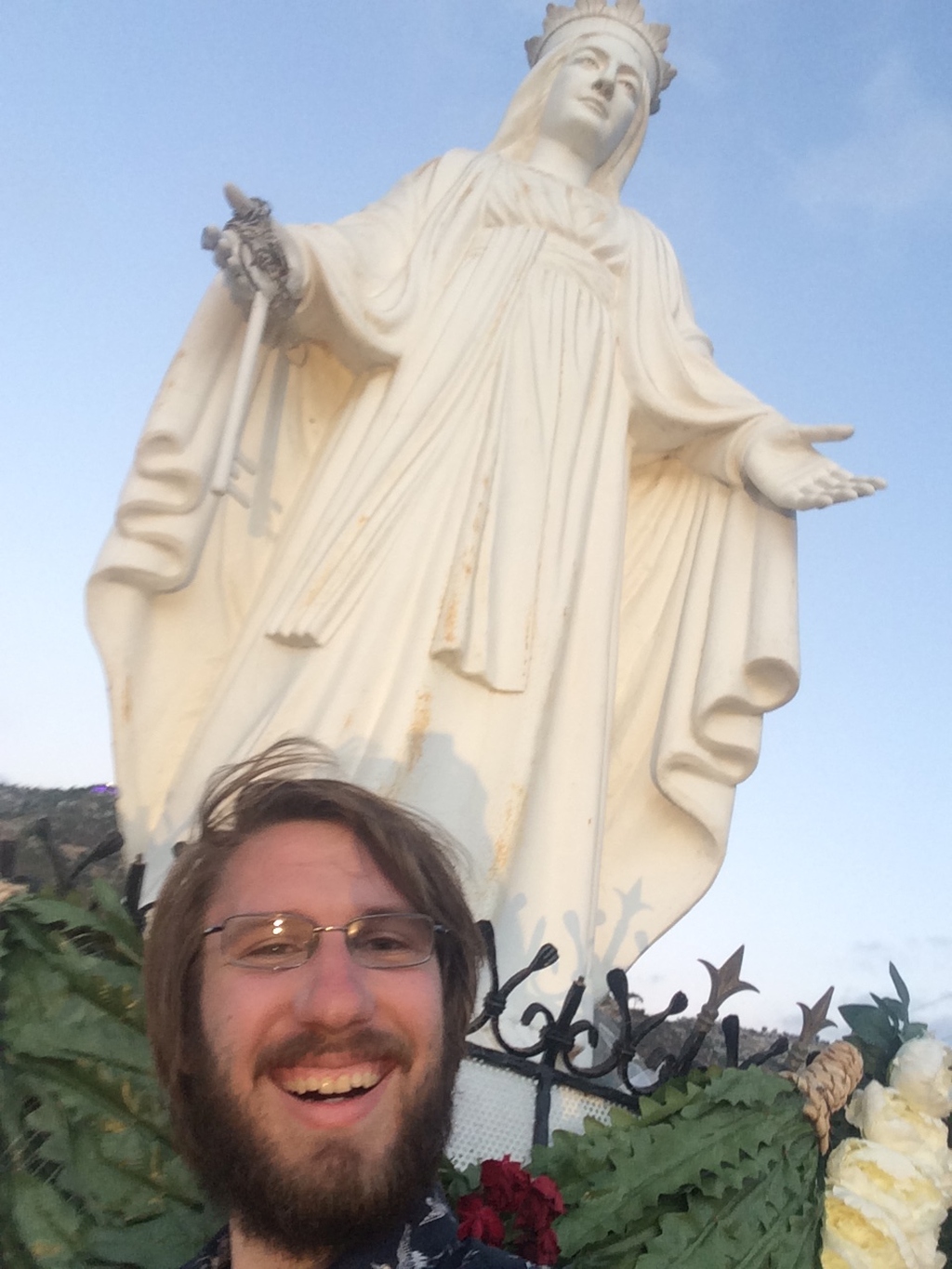
August 4, 2020
If I haven’t made it clear enough already, Lebanon absolutely stole my heart, and I remain overwhelmed by its beauty in every sense of the word. It is home to some of the kindest, most hospitable and amazing people that I have met, and it is very much a place I wish I explored more.
I was (and still am) deeply saddened by the destruction and death caused by the explosion in Beirut on August 4th, 2020. The injury, the loss of life, and the chaos caused by this explosion has been at an almost unimaginable scale.
There were over 220 deaths, more than 7,000 people injured, hundreds of thousands of people left homeless, and $15 billion dollars worth of property damage.
The friends I met in Saida were physically fine. The hostel where I stayed was severely damaged and has been closed since. The Sursock Museum, likewise. The scale of devastation extended to virtually anywhere I visited or walked during my time in Beirut.
It’s astonishing to me that destruction at this scale came about entirely as the result of government incompetence – improperly storing 2.7 tons of impounded ammonium nitrate in the middle of a densely populated city for six years.
This wasn’t intentionally malicious. There was no intended message. People’s livelihoods were destroyed in a flash.

Lebanese citizens were already protesting and seeking change before this tragedy.
In response, the entire government resigned, but there still has not been a lasting change.
I hope that Lebanon gets the justice that its people deserve, and that what should be rebuilt is rebuilt.
Lebanon was already under a lot of political stress as it was, locked between the sea a closed border with Israel, and civil war in Syria, and encumbered with a political system that exacerbated division more than it provided inclusion.
I wish I was more optimistic than I am, but I am at least hopeful.
A Ride to the Airport
I’m hoping that somewhere in this blog post there has been something that challenged your preconceptions.
Here’s something that challenged mine.
During my time in Beirut, I had visited the Armenian diaspora neighborhood of Bourj Hammoud. My my secondhand guide emphasized the point: “People there will not, for example, find it endearing that you are living in Turkey or speak some Turkish.” [emphasis from the original]
I enjoyed visiting the neighborhood, took no photos, and kept the advice in the back of my mind.
On my way back to the airport, I had an Armenian taxi driver, and I assumed that the same rules should apply. Why bring up my connection to a state built on exclusion and expulsion of his ancestors in the name of Turkish nationalism?
Well, it turned out that my driver spoke Turkish fluently. (In fact, a fair number of diaspora Armenians do.) When he found out that I did as well, he was disappointed that we hadn’t realized this earlier, because we could have had a real conversation.
What are preconceptions but things that keep us from having real conversations?
Thanks to A.V. for the Kermit translation, and B. for visit advice
Thanks for reading!
If you enjoyed this post, you might enjoy these 5 similar posts:
- 2023-02-14 —In Love in Tbilisi (or Maybe Just Drunk)
- 2023-07-29 —My First Visit to Vancouver, B.C. (2018)
- 2019-12-31 —The Only Place I Want To Be...
- 2020-12-20 —Mirth in Maastricht (2018)
- 2020-07-25 —Bad Internet in Bad Aachen
